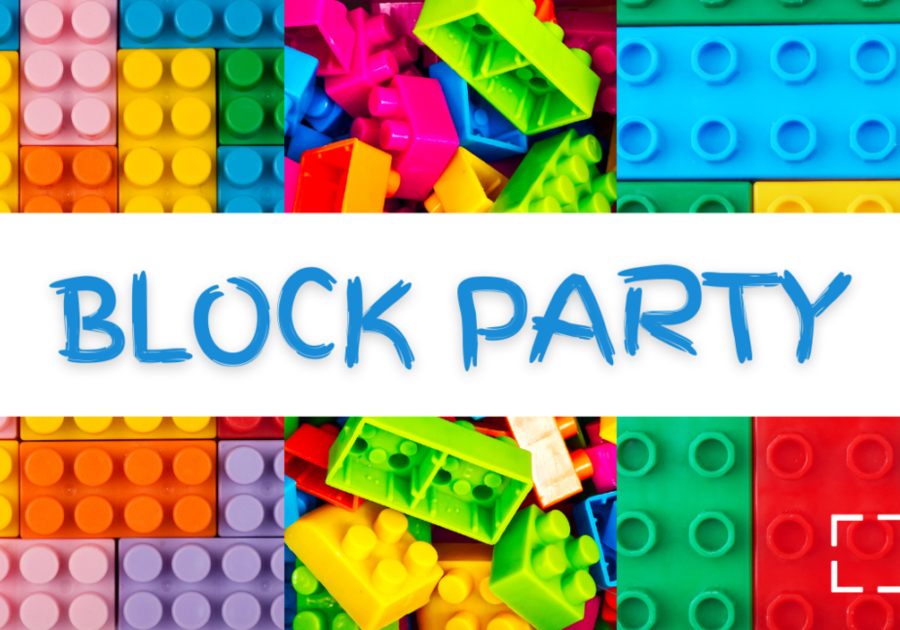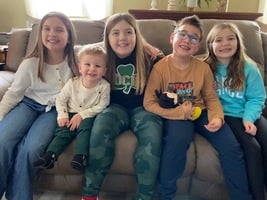Building with blocks is fun for all ages. Block play is a creative and constructive play activity that can occupy hours at a time. Most households and classrooms have some type of building blocks, and EVPL offers Block Parties at some locations when in-person programming is occurring. The benefits of block play go beyond just the fun that is had at the time. Building with blocks fosters learning in all areas of development such as cognitive, physical, and social-emotional. Having a block party at home can be a fun learning experience for all ages.
Building with blocks is associated with skills in all parts of STEAM learning. For example, blocks have been linked to the following areas:
- Science: gravity, balance, trial and error, problem-solving, weight, stability, interaction of forces
- Technology: developing fine motor skills to utilize technologies, photographing creations
- Engineering: structures, design creation, and testing, problem-solving, modeling, architecture,
- Art: creation, patterns, shapes, telling stories, symmetry, balance, recreation, design
- Math: order, patterns, measurement, size, shape, symmetry, volume, area, classification, order
Children build upon these skills as they age and learn to go through many stages of block play. At a young age, children begin to explore blocks by carrying them around, dumping them out of their container, and learning about their properties. They then begin to stack blocks and recognize patterns in the structures they create. As they develop more fine motor skills, children may then begin to create bridges or more complex enclosed structures. Creations often become part of larger stories incorporated with dramatic play. Older school-age children regularly recreate structures that they recognize or that symbolize things that they have seen. As children advance through these stages, they develop important STEAM skills that can be carried into later life.
Playing with blocks can be a simple unstructured activity or you can create challenges to promote certain skills. These challenges can relate to all of the aspects of STEAM learning. For example, if you are trying to explore engineering, you may ask your child to plan and draw their design before constructing it. For science, you may challenge your children to build a tower that can withstand the weight of a book. Block play can even be turned into a homemade family game. You can make cards to draw that each have a different challenge or roll a pair of dice to see how many blocks each player gets to build with. The possibilities for play are endless!
You do not have to run out and buy a set of blocks to encourage these types of learning at home. Even if you already have a block set, using household materials may provide a creative new change of pace. Many household objects can be a stand-in for traditional building blocks such as: plastic cups or dishes, cardboard boxes, rinsed empty soda cans, craft sticks, toothpicks and marshmallows, buttons and clay, sponges, tissue boxes, paper towel rolls, and empty snack containers. The list goes on and on. You can use differently shaped household materials to design and create your own block set.
Having a block party can be a fun learning experience for all ages. It is even more fun when you share your creations! Show us the results of your block party on social media by tagging #MyEVPL. Check out more STEAM activities on the EVPL YouTube Channel. Explore the resources below to learn more about the benefits of block play or how to make your own blocks and challenges.



